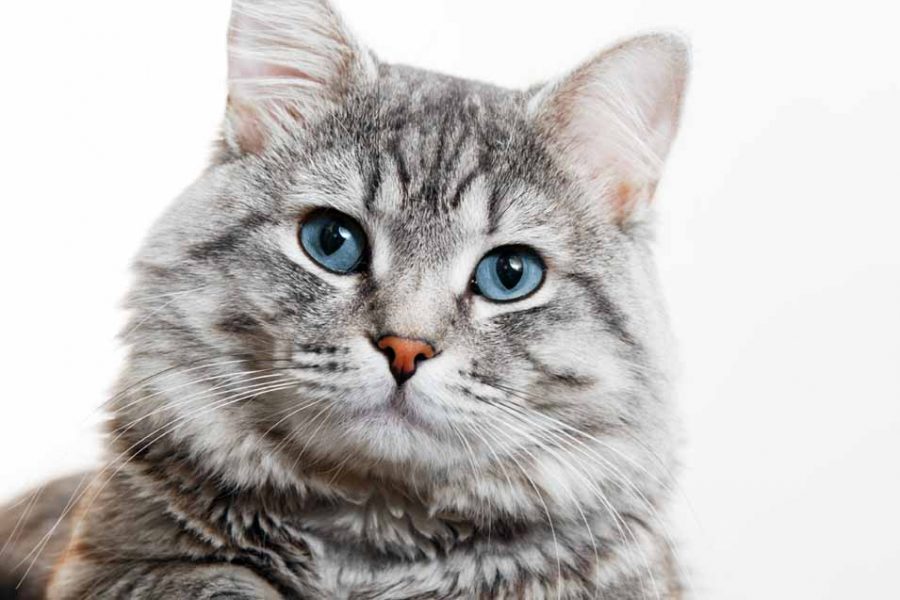Pros and Cons of Declawing Cats
October 2, 2020
The practice of declawing cats is one that is very controversial in the world of cat enthusiasts. There are many pros and cons to this practice and everyone has their own take on them depending on their own experiences.
When asked if her cat was an indoor or outdoor cat to better understand why she might not have declawed her cat, Jacquelyn Mendez answered, “My cat is mainly outdoors but she goes inside too, but because she’s mainly outside my family felt the need to make sure she has her claws just because she likes to climb trees and just in case if anything happens”.
For some background on what declawing entails, “Declawing is the surgical amputation of all or part of a cat’s third phalanges (toe bones) and the attached claws. Most often the procedure involves the front paws only, but sometimes the claws are removed from all four paws. The surgery may be performed using sterilized nail trimmers, scalpel blades, or surgical lasers.”(AVMA, Welfare Implications of Declawing Domestic Cats).
There are many reasons why someone would choose to declaw their cat, one of which being for their owner’s personal benefit. Cats scratching, though a normal behavior, can be very destructive and costly to furniture and other various household items.
When questioned on her personal stance on declawing cats, Sydney Vallier, who has an indoor cat said, “I don’t have a problem with declawing cats because from what I’ve seen it doesn’t harm them, especially if they stay indoors, but I’m not sure it does much good either because my cat just adapted and is still able to do the things we hoped to prevent”.
People and their furniture are not the only ones to receive benefits from declawing, cats also benefit from it. By becoming declawed these cats have much lower chances of being affected by disease conditions such as paronychia and neoplasia of the nail bed. It also increases their chance of finding a forever home and escaping the same fate as the 72% of the cats that are relinquished to the animal shelter who are euthanized.
The right age to get a cat declawed and have the least complications and bad results would be when they are young, around the same time that you would take them to be spayed or neutered says AVMA.
As many reasons as there are to declaw, there are also reasons not too and these reasons typically take the form of welfare concerns for the cat. One such concern is pain. Like any procedure that involves removing something from the body, it is painful but possibly even more so because the paws are something that cats use all the time and are difficult to stay off of to let heal.
“My overall stance on declawing cats is that I am against it. A cat is very much a wild animal like a tiger and although throughout the years the cat has become more domesticated it is still and wild animal and you’re taking away one of their defenses against any predators or even you’re taking away their abilities to hunt. and some cats that are declawed tend to have anger towards their owners for it and still find a way to scratch. Overall I am against the declawing of cats” says Jacquelyn Mendez when asked her overall opinion on declawing cats and if she could elaborate on the matter.
Another welfare concern is surgical complications such as hemorrhage(profuse bleeding, mostly seen in older cats with this sugary), claw regrowth, and wound dehiscence(results in lameness). A last welfare concern many people have is changes in behavior. Declawing impares the normal behavior of scratching and not being able to do so can cause emotional stress as well as more aggressive behavior and biting.
There are pros and cons to declawing cats and the only one that can make that decision for your cat is you and what you feel is right depending on your personal ideas and situation, seeing as situations are unique to everyone. Just make sure you do your research on both sides before making an educated decision!
